8 Signs You Had a Stroke and Might Not Know It. Don’t Ignore These Signs.
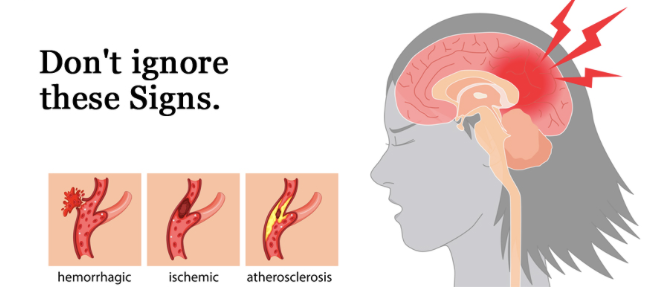
The brain requires blood flow to function. When a blood vessel is blocked in the brain (Ischemic-known as a TIA) or starts to bleed (Hemorrhagic-a full on Stroke), you are at risk for severe and potentially permanent damage to the brain or death, if you do not act quickly.
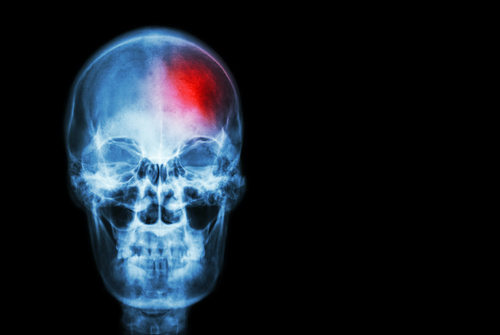
As with many health issues, SYMPTOMS of a STROKE are often thought to be something else and get IGNORED. As strokes can cause serious brain damage, and is the fifth leading cause of death in the U.S., NOT IGNORING THE SIGNS OF STROKE is key to survival.
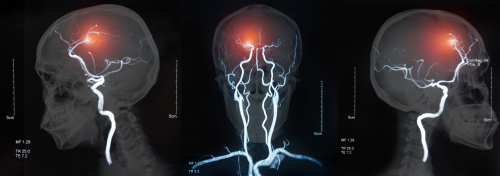
The VIDEO you are about to watch below, does a great job of explaining what actually happens when a stroke occurs, lifestyle modes that will help to prevent a stroke from happening, and most importantly it offers the acronym F.A.S.T. that will alert you to seek medical help immediately!
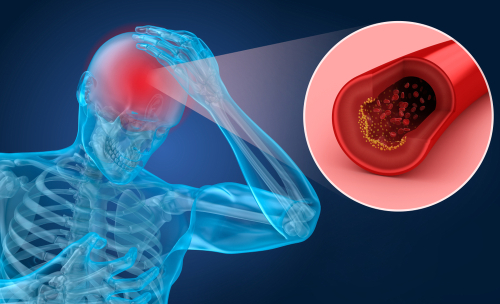
While certain symptoms such as:

(1) A BAD HEADACHE OR MIGRAINE or
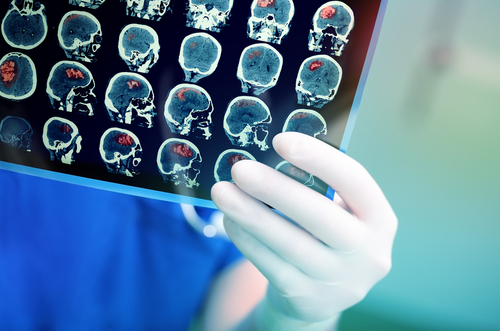
(2) SUDDEN ONSET OF EXTREME FATIGUE can be a part of the onset of a STROKE, these signs can often be overlooked. However, the more concrete SIGNS of STROKE put out by “The American Stroke Association” symbolized by F.A.S.T. are:
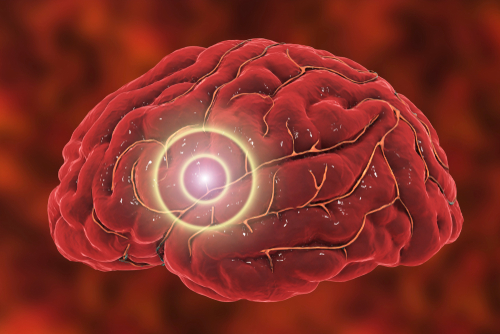
(3) F for FACE DROOPING ON ONE SIDE
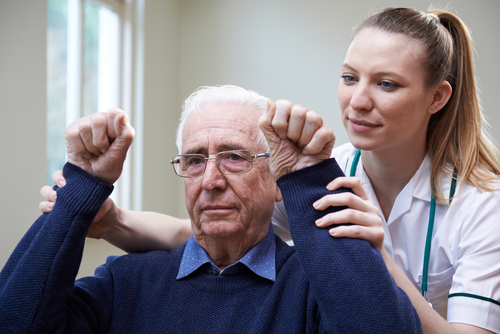
(4) A for ARM NUMB: if you have NUMBNESS OR WEAKNESS IN ONE ARM, for more than a few minutes, this is a critical warning sign. Strokes tend to affect one side of the body.
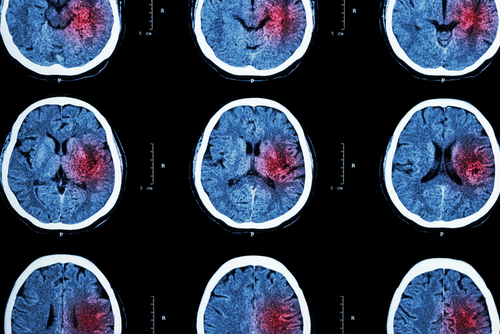
(5) S for SPEECH DIFFICULTY: When one side of the brain is affected by a Stroke, lack of blood supply can cause speech to be SLURRED or completely GARBLED. You may think that you are speaking clearly, but if someone with you says they can’t understand your speech, take it seriously!
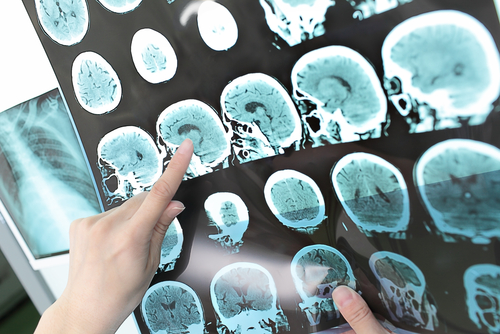
(6) T for TIME: Time is of the essence; calling 911 immediately can mean the difference between PERMANENT BRAIN DAMAGE OR NOT, and LIFE or DEATH.
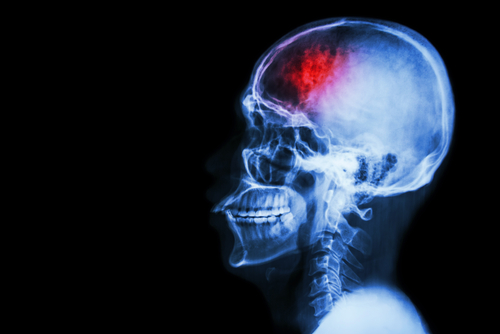
Additional SIGNS that SHOULD NOT BE IGNORED ARE:
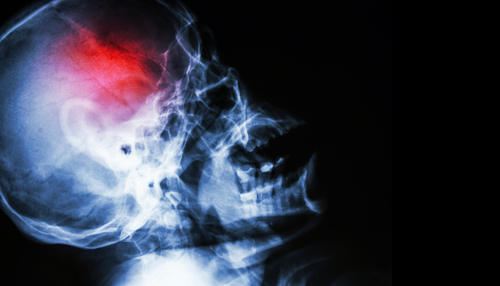
(7) VISION DIFFICULTY IN ONE EYE: Seeing double or blurred vision in one eye often occurs when the brain is affected by a Stroke.
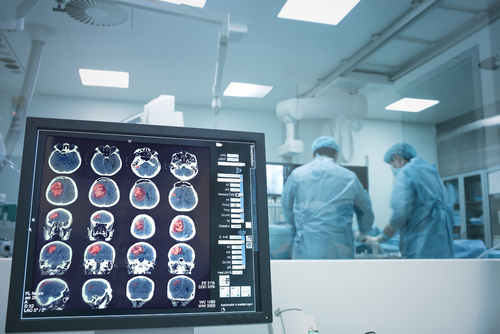
(8) CONFUSION or DIFFICULTY THINKING: When a stroke occurs, a part of your brain does not receive blood flow and therefore is STARVED OF OXYGEN which can cause you not to be able to think straight or to speak intelligibly.
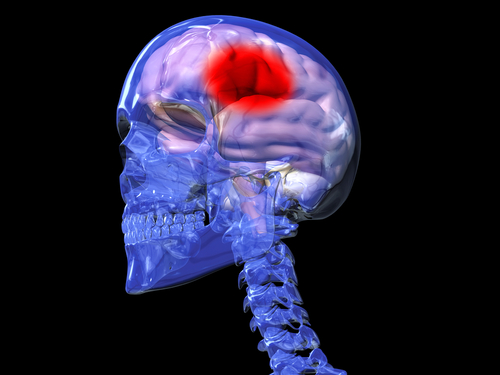
Please SHARE this with your family and friends, it could SAVE A LIFE!
How To Tell If You Are Having a Stroke, Cardiac Arrest or a Heart Attack.
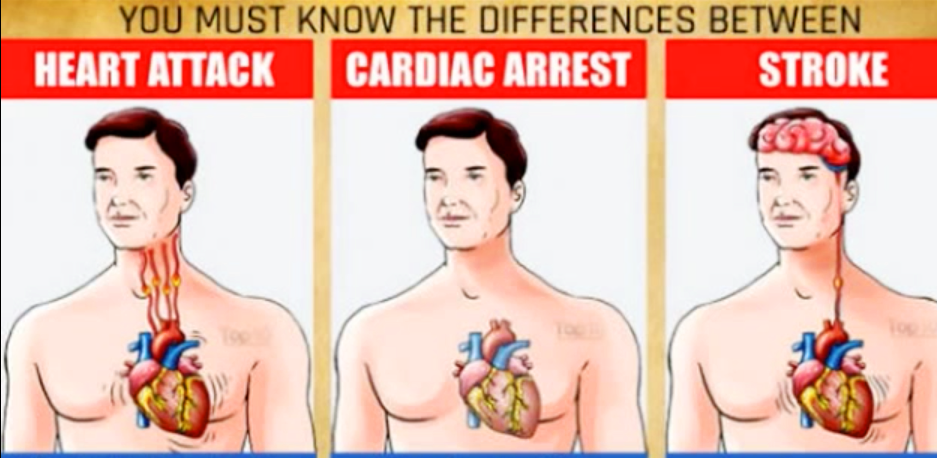 image via – youtube.com
image via – youtube.com
Cardiovascular disease is the number one leading cause of death across the globe. It claims more people’s lives than every single form of cancer combined. The numbers are scary and speak volumes about just how prevalent and real the threat of experiencing a heart attack, stroke, or sudden cardiac arrest truly is.
According to data compiled by the American Heart Association in their 2016 Heart Disease and Stroke Statistics Update report, 17.3 million deaths word-wide are attributed to cardiovascular disease alone. They also found that on average approximately 2,200 Americans die every single day, which amounts to one person every 40 seconds or so, from either a stroke, heart disease, or cardiac disease.
Statistics like this make it crucial that we educate both ourselves and our families on the basic facts concerning heart related health issues. One of the most important things we should all be aware of is the difference between a heart attack, a stroke, and sudden cardiac arrest. Many people lump the three together or assume that sudden cardiac arrest and a heart attack are one and the same thing, which they are not. The accompanying video goes over and explains the variations between them all, it’s quick and comprehensive so be sure to check it out! In addition, these differences and how to recognize each one of them when they happen follow:
1. Heart Attack: A heart attack occurs when blood flow to the heart is blocked. This happens when a blood clot forms in an artery due to plaque and cholesterol clogging it up. With the blood flow oxygen deprived and blocked, it cannot circulate to the heart, leading to a hear attack.
Symptoms- Pressure or tightness in the chest area, chest pain, body aches, pain that radiates in the arms or upper back and jaw, cold sweats, nausea, shortness of breath, anxiety.
2. Stroke: A stroke occurs when blood flow to the brain is blocked. This happens when a blood vessel becomes clogged or bursts, which can either completely obstruct or severely reduce the flow of blood to the brain. Without enough oxygenated blood and nutrients reaching them, brain cells start to die.
Symptoms- Blurred vision, severe headache, vomiting loss of coordination, trouble walking, dizziness, excessive sweating numbness, mental confusion, trouble with speaking, face/arm/leg numbness and in particular on one side of the body.
3. Cardiac Arrest: Cardiac arrest is when the heart suddenly stops beating. This happens when the electrical impulse activity in the heart, which is what keeps it beating and contracting, is disrupted unexpectedly. With no heartbeat, no blood reaches the brain or any other organs, causing the person to pass out. Without immediate treatment, the person will die within a matter of minutes.
Symptoms- The following symptoms will often occur in the minutes leading up to a cardiac arrest incident, as well as during and immediately following loss of consciousness: shortage of breath, gasping for air, shallow breaths and/or trouble breathing, weakness, chest pain, sudden collapse, weak pulse, absence of breath, fainting, blacking out, no response, no pulse.
Please SHARE This With Family and Friends, It Could Save a Life




